Landscape design is a part of the project, it contributes to creating the living experience for the owner or user of that landscape. You should learn about landscape design and refer to the following important principles:
User needs
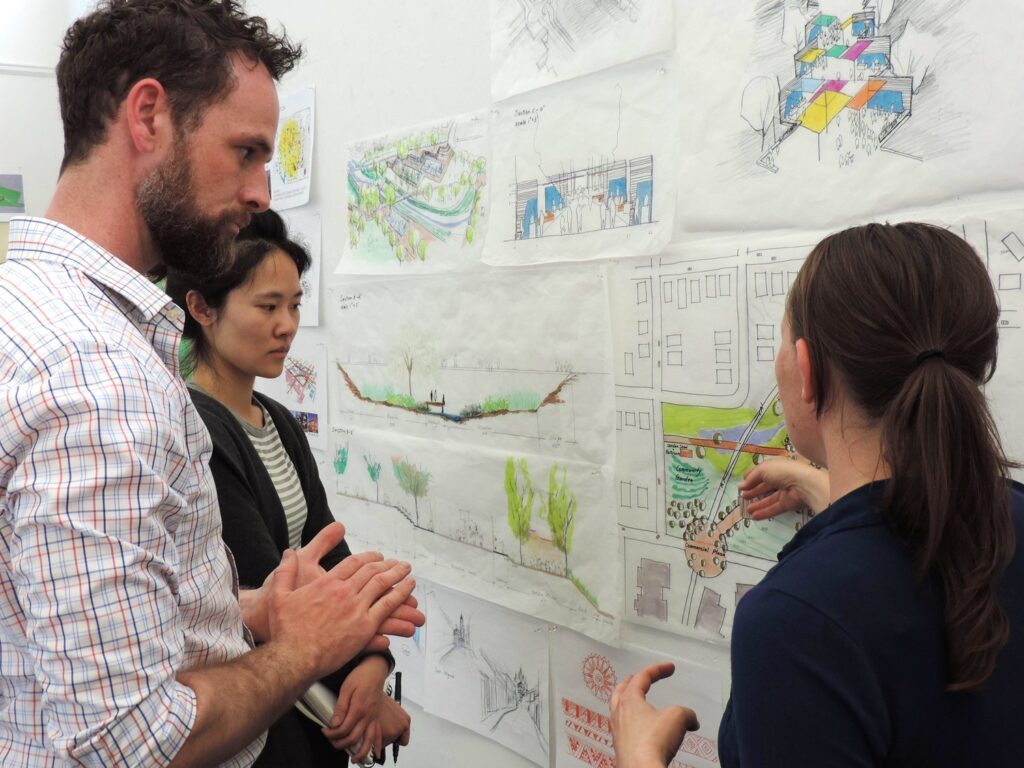
Understand the needs and preferences of those who will use or experience the landscape, whether it is homeowners, community residents, or visitors to the public space.
Space organization
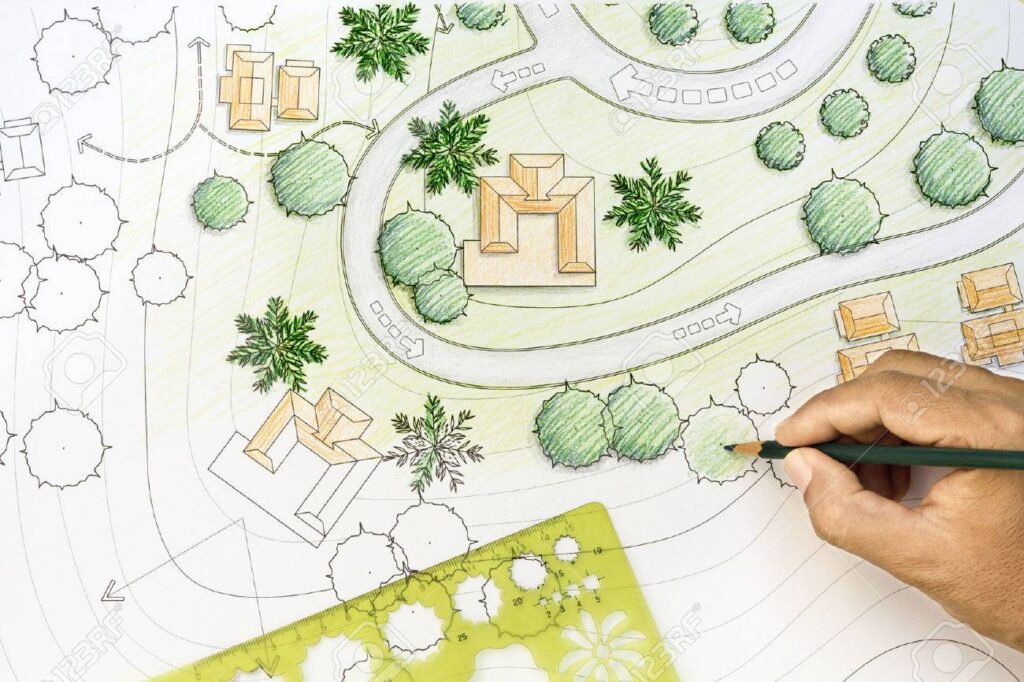
Determine the layout and organization of outdoor spaces to optimize function and visual appeal. This includes arranging different elements to create a cohesive and balanced layout.
Plant selection and arrangement

Select appropriate plants based on factors such as climate, soil conditions, and aesthetic preferences. Arrange plants to take into account their size, color, texture, and seasonal preferences.

The choice of trees and plants is an extremely important factor because plants play a leading role in landscape design. Plants are governed by other principles so the designer needs to balance and calculate accordingly.
Hardscape Design
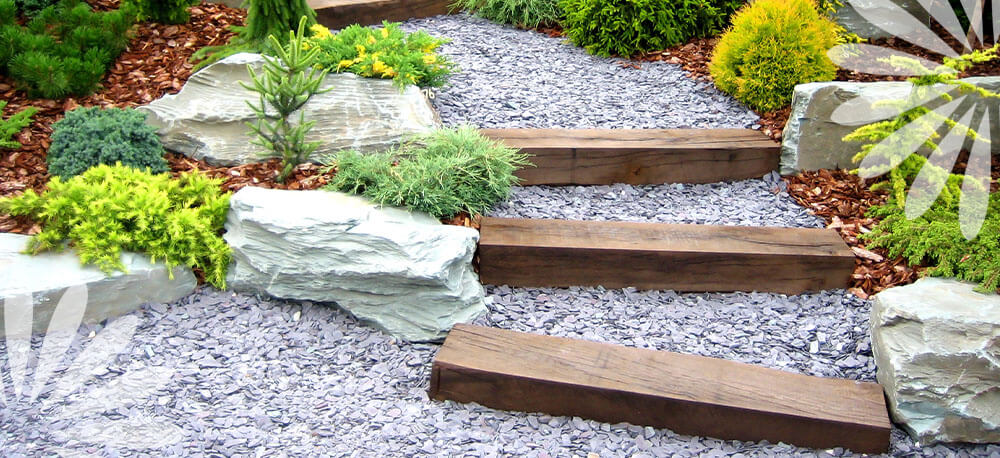
Incorporate elements such as walkways, patios, walls, and other structures into the overall design. Hardscape adds structure and function to the landscape.
Terrain and terrain classification
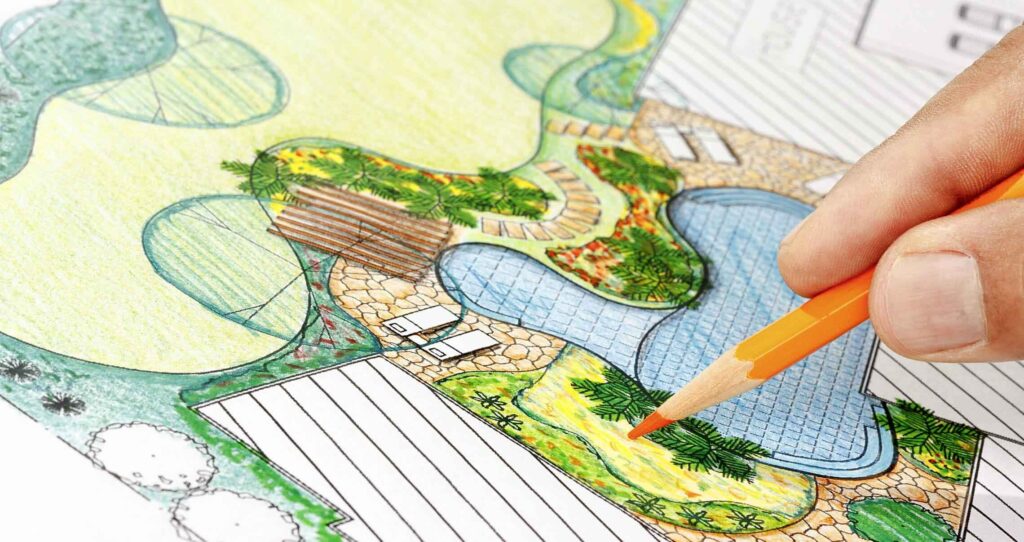
Consider the natural contours of the land and make adjustments to create a functional and visually interesting layout. Grading is important for proper drainage and water management.
Water sources & water use
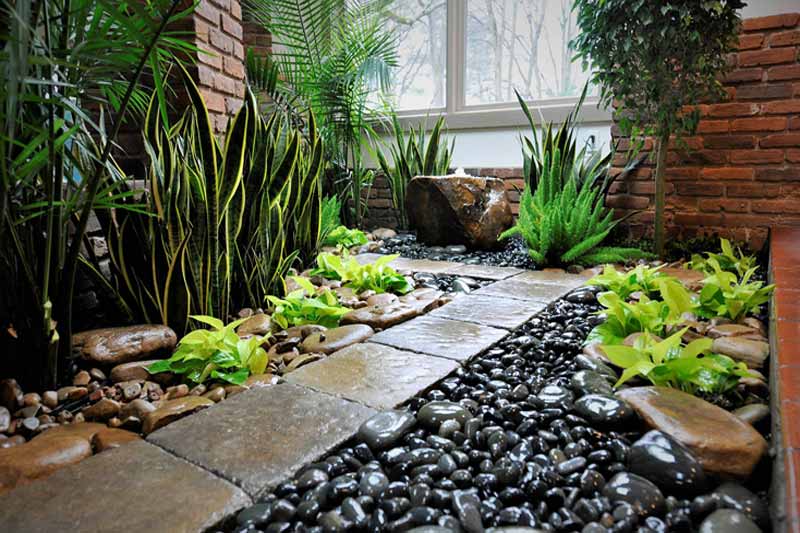
Incorporate elements such as ponds, fountains or waterfalls to enhance the sensory experience and create focal points in the landscape. Water is essential to sustaining plant life but can also be difficult to install, maintain and service. This should be thought through from the start, including how it will drain.
Natural or artificial light source
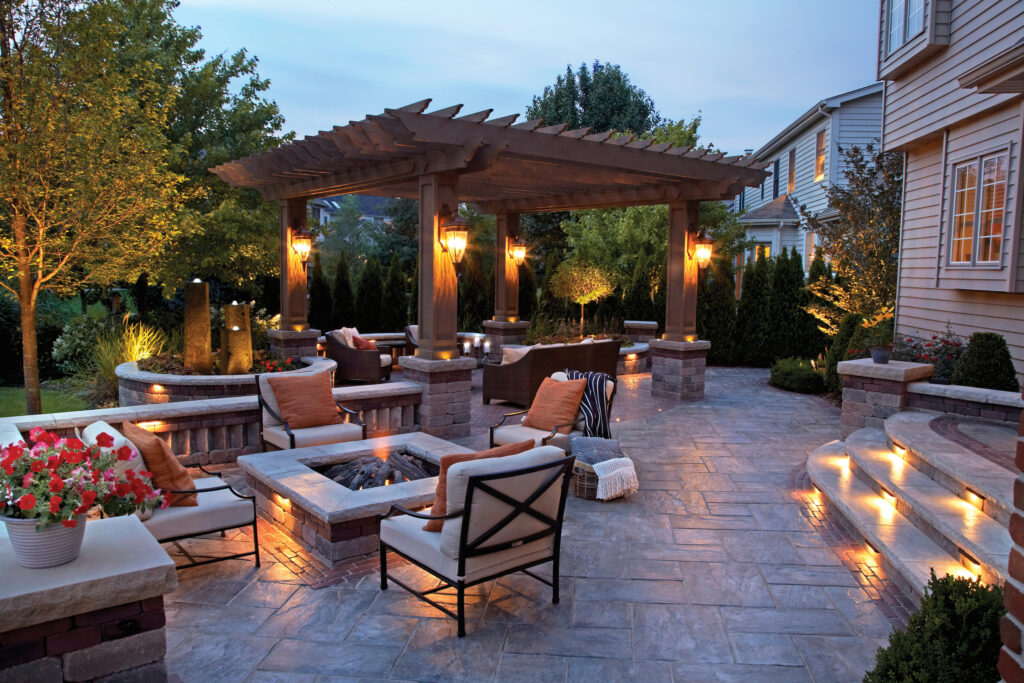
Plan your outdoor lighting to enhance safety, security, and visual interest at night. Lighting can also highlight specific features of your landscape. The amount of light you need depends on the needs of the plants you will be using and the purpose of your landscape.
Colors and styles of landscape design

Consider using color and texture in both plants and scenery to create visual interest and evoke specific emotions or themes.
Consider climate and weather

Taking into account local climate and environmental conditions to select plants and materials that thrive in the specific area to choose the right type of plant to minimize risk as well as grow well over time.
Sustainability in landscape design
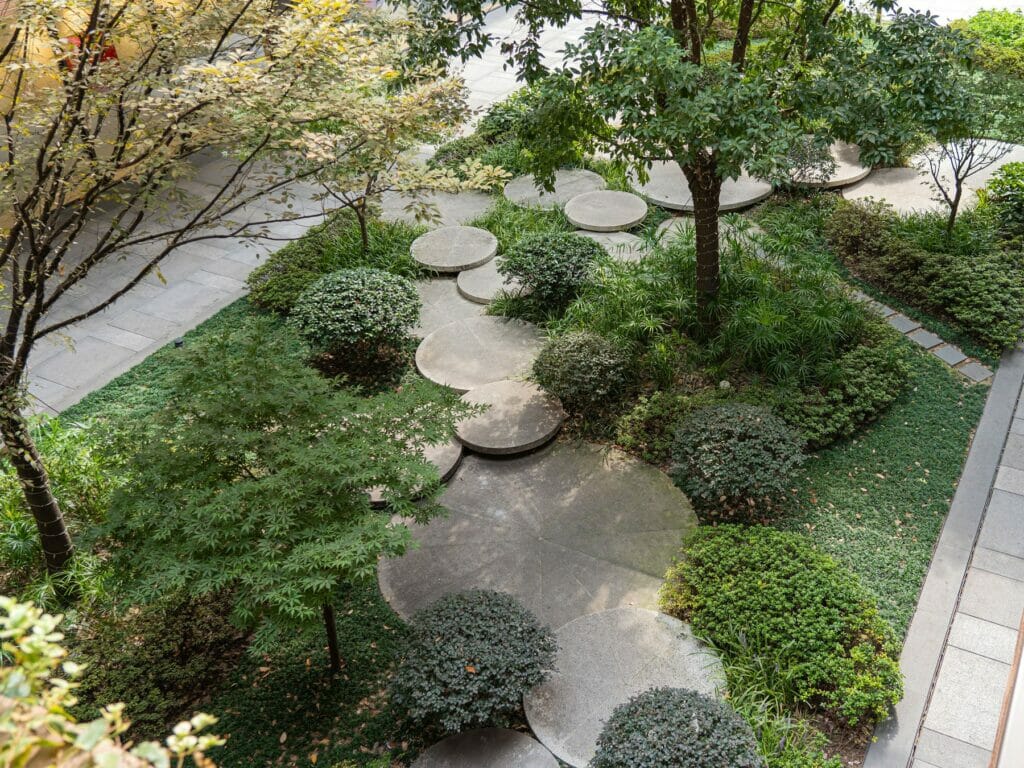
Incorporate eco-friendly practices and materials to create environmentally responsible, low-maintenance landscapes. Explore the use of natural resources such as sunlight, wind, and water to reduce energy consumption and costs.
Design and construction costs
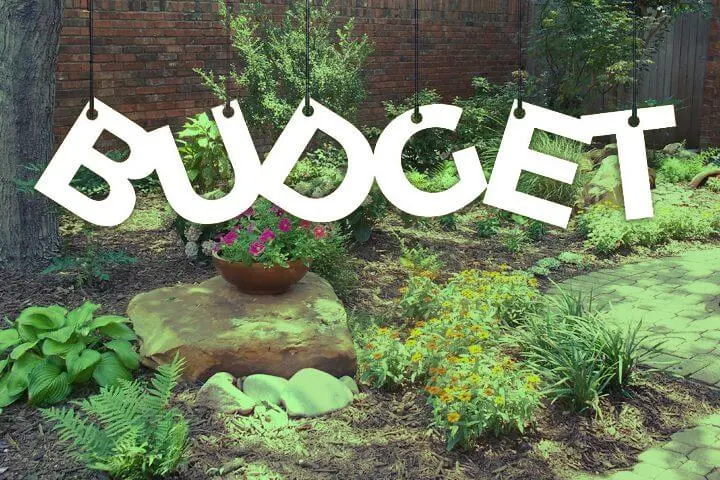
The first step is to determine your needs and desires for the landscape space. What kind of landscape space do you want? What types of plants and materials do you want to use? What are your requirements for design style? You must estimate the budget you can spend right from the start to be able to choose the best landscape option for yourself.
Landscape design unit
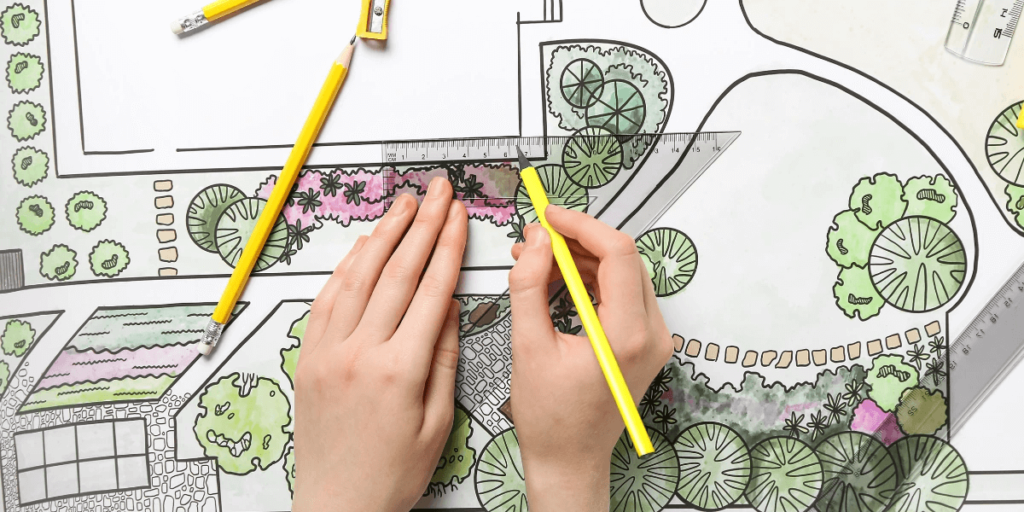
Choosing a landscape design company is an important decision that affects the aesthetics, quality and value of the project. You need to pay attention to their experience, staff and service quality. You can refer to the projects they have completed to see if they are suitable or similar to your scale and style.


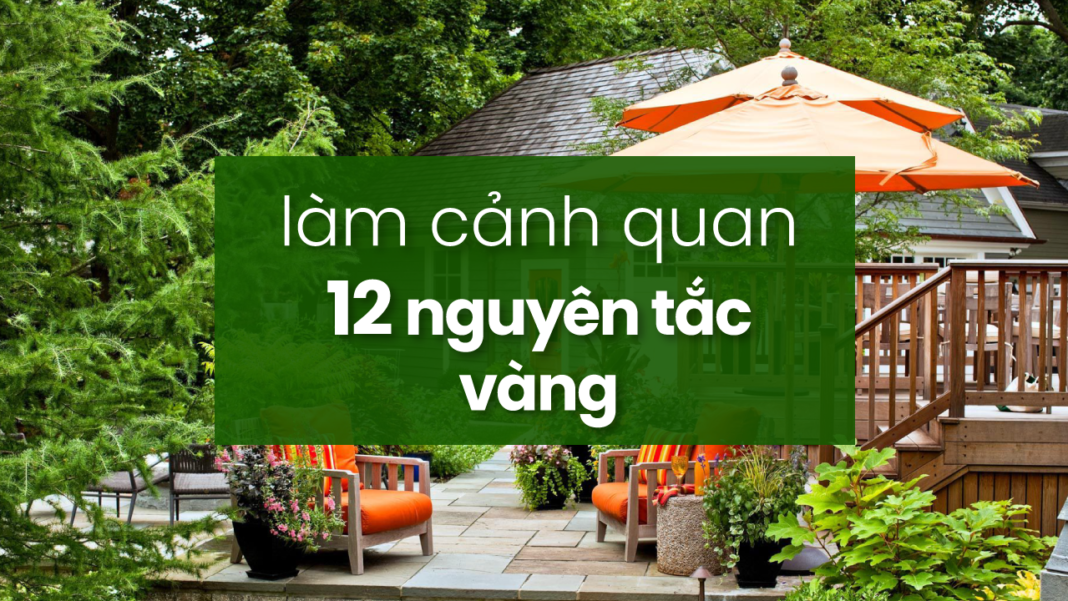




[…] now that you understand the 12 golden rules of landscape design, this guide to sustainable landscape architecture will help you understand […]
[…] Natural or artificial light source […]